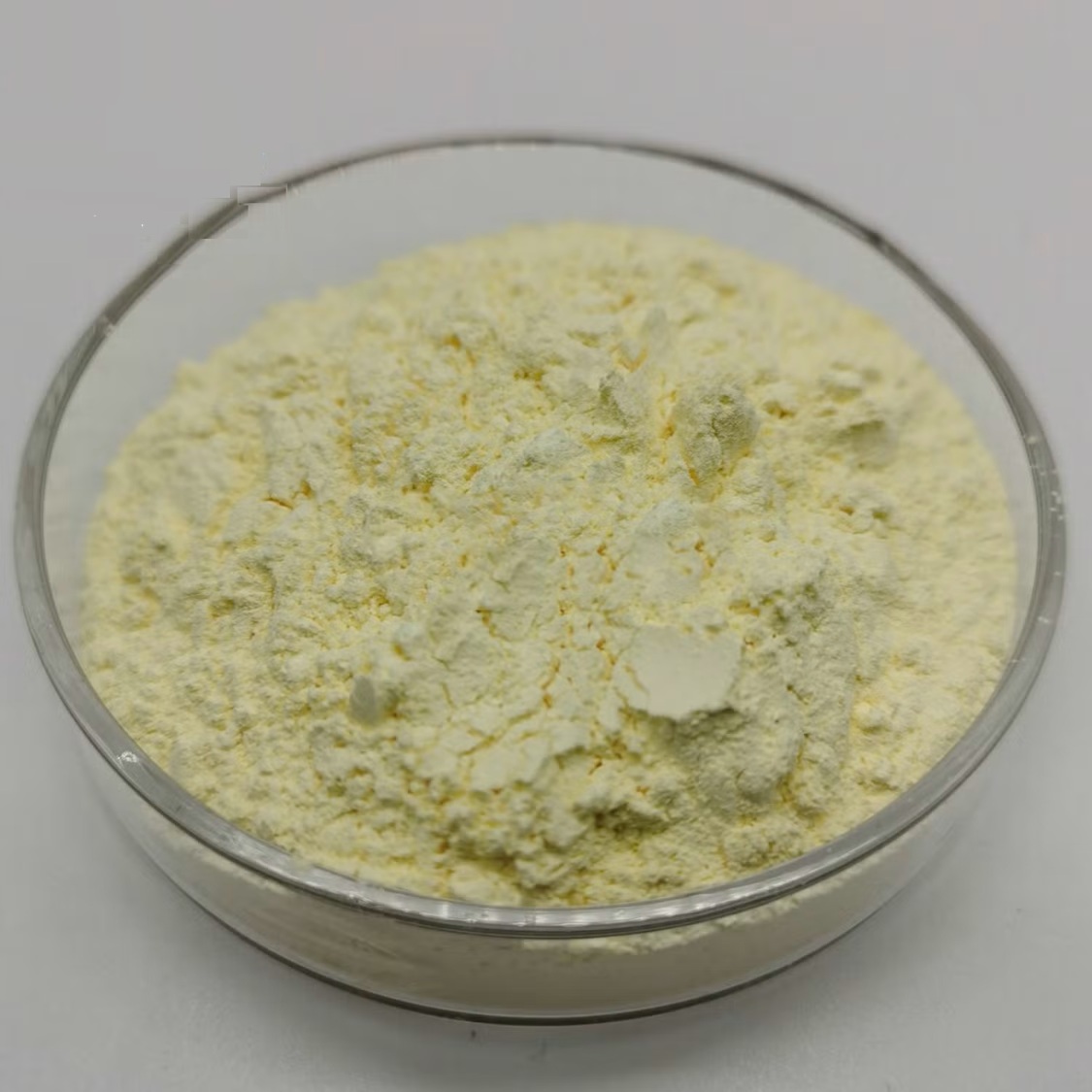We unleash your business potential by maximize the business innovation.
Send EmailIndium Oxide, Indium Trioxide, 1312-43-2
🧪 Indium(III) Oxide (In₂O₃)
Indium(III) oxide, also known as Indium trioxide, is a white to pale yellow crystalline inorganic compound. It is a wide-bandgap semiconductor with important applications in electronics, optoelectronics, transparent conductive coatings, ceramics, and catalysis.
1️⃣ Chemical Identity
-
Chemical Name: Indium(III) Oxide
-
Formula: In₂O₃
-
Molecular Weight: 277.64 g/mol
-
CAS Number: 1312-43-2
-
EC Number: 215-193-9
-
Appearance: White to pale yellow crystalline powder
-
Density: ~7.18 g/cm³
-
Melting Point: ~1,910 °C
-
Bandgap: ~2.9 eV (semiconducting)
-
Solubility: Insoluble in water; soluble in acids
2️⃣ Physical & Chemical Properties
-
Semiconductor Behavior: Wide bandgap, suitable for optoelectronic devices.
-
Optical Properties: Transparent in visible light; used in thin films for displays.
-
Electrical Properties: High conductivity when doped (commonly with tin → ITO).
-
Thermal Stability: Stable at high temperatures.
-
Chemical Reactivity: Reacts with acids to form indium salts.
3️⃣ Applications
-
Electronics & Optoelectronics:
-
Transparent conductive oxide (TCO) in displays, solar cells, and LEDs.
-
Indium tin oxide (ITO) thin films widely used in touchscreens and flat-panel displays.
-
-
Ceramics:
-
Additive in advanced ceramics for improved properties.
-
-
Catalysis:
-
Catalyst in organic reactions.
-
-
Glass & Coatings:
-
Used in coatings to provide transparency and conductivity.
-
-
Research:
-
Nanostructures and thin films studied for advanced material science.
-
4️⃣ Synonyms
-
Indium Oxide
-
Indium(III) Oxide
-
Indium Trioxide
-
In₂O₃
5️⃣ Safety & Handling
-
Toxicity: Low to moderate; inhalation of fine powders may cause irritation.
-
Precautions: Gloves, goggles, and dust masks recommended.
-
Storage: Keep in dry, sealed containers; protect from moisture.
-
Waste Disposal: Follow hazardous waste regulations.
📌 Summary: Indium(III) Oxide (CAS 1312-43-2) is a semiconducting, transparent, and stable oxide with critical roles in electronics, optoelectronics, coatings, ceramics, and catalysis.
